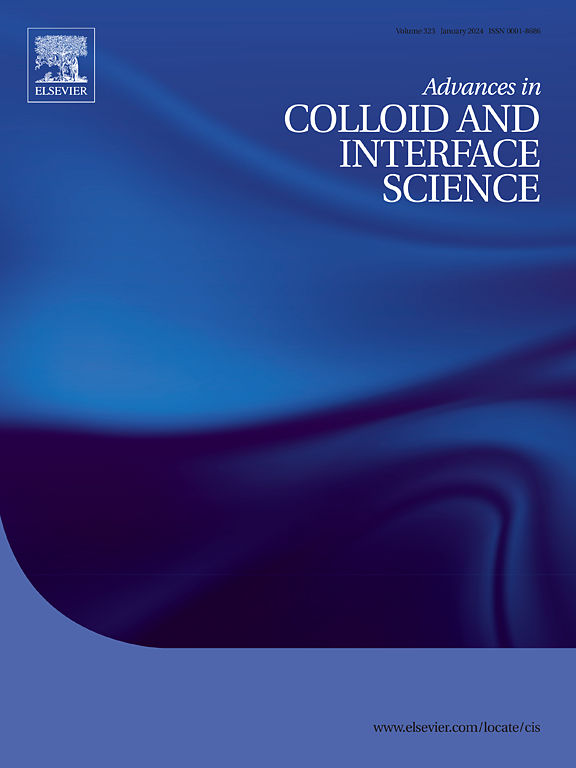Surfactants, cellulose nanocrystals, and chitosan: Their contributions to pesticide delivery systems
IF 19.3
1区 化学
Q1 CHEMISTRY, PHYSICAL
引用次数: 0
Abstract
Improving pesticide utilization efficiency is vital for environmental sustainability, economic growth, and the protection of human and animal health, particularly in water-based formulations. Numerous studies have shown that surfactants can enhance pesticide encapsulation and improve deposition efficiency on plant surfaces. This review examines the roles of surfactants in pesticide formulations from the perspective of their structural classifications, including conventional, gemini, trimeric, and polymeric surfactants, with a particular focus on how molecular structure influences the droplet behavior and delivery performance. We highlight the applications and functional roles of sustainable, biodegradable, and renewable biomaterials, specifically cellulose nanocrystals (CNC), chitosan, and their derivatives, in foliage- and soil-applied pesticide delivery systems. While both CNC and chitosan possess excellent carrier properties, attaining high deposition efficiency on plant surfaces continues to be a significant challenge. Combining the biomaterials with surfactants offers an effective strategy to improve pesticide utilization. Additionally, this review outlines the current understanding of droplet dynamics on hydrophobic and superhydrophobic plant surfaces, highlighting the mechanisms and formulation strategies used to control droplet behavior and enhance deposition. Finally, we outline key challenges and future directions for the development of next-generation pesticides that integrate high efficacy, reduced environmental impact, and long-term sustainability, thereby advancing the future of eco-friendly crop protection systems.

表面活性剂、纤维素纳米晶体和壳聚糖:它们对农药输送系统的贡献
提高农药利用效率对环境可持续性、经济增长以及保护人类和动物健康至关重要,特别是在水基配方方面。大量研究表明,表面活性剂可以增强农药在植物表面的包封性,提高农药在植物表面的沉积效率。本文综述了表面活性剂在农药配方中的作用,从其结构分类的角度,包括传统的,双gemini,三聚体和聚合物表面活性剂,并特别关注分子结构如何影响液滴的行为和传递性能。我们重点介绍了可持续、可生物降解和可再生的生物材料,特别是纤维素纳米晶体(CNC)、壳聚糖及其衍生物在植物和土壤施用农药系统中的应用和功能作用。虽然CNC和壳聚糖都具有优异的载体性能,但在植物表面获得高沉积效率仍然是一个重大挑战。生物材料与表面活性剂的结合是提高农药利用率的有效途径。此外,本文概述了目前对疏水和超疏水植物表面液滴动力学的理解,重点介绍了控制液滴行为和促进沉积的机制和配方策略。最后,我们概述了开发高效、低环境影响和长期可持续性的下一代农药的主要挑战和未来方向,从而推进生态友好型作物保护系统的未来。
本文章由计算机程序翻译,如有差异,请以英文原文为准。
求助全文
约1分钟内获得全文
求助全文
来源期刊
CiteScore
28.50
自引率
2.60%
发文量
175
审稿时长
31 days
期刊介绍:
"Advances in Colloid and Interface Science" is an international journal that focuses on experimental and theoretical developments in interfacial and colloidal phenomena. The journal covers a wide range of disciplines including biology, chemistry, physics, and technology.
The journal accepts review articles on any topic within the scope of colloid and interface science. These articles should provide an in-depth analysis of the subject matter, offering a critical review of the current state of the field. The author's informed opinion on the topic should also be included. The manuscript should compare and contrast ideas found in the reviewed literature and address the limitations of these ideas.
Typically, the articles published in this journal are written by recognized experts in the field.

 求助内容:
求助内容: 应助结果提醒方式:
应助结果提醒方式:


